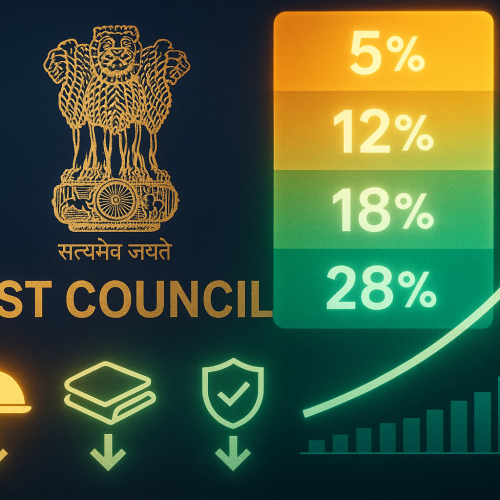Public sector banks in India are rethinking their recruitment and training strategies by placing a stronger emphasis on regional language proficiency. This shift comes amid rising concerns about customer dissatisfaction due to language barriers, especially in rural and semi-urban areas. The goal is to improve customer experience, promote financial inclusion, and build deeper trust at the grassroots level.
Background and Context
In recent months, several large banks have taken tangible steps to prioritize local language fluency:
Bank of Baroda has launched a recruitment drive for 2,500 “Local Bank Officers” across states like Gujarat, Maharashtra, and Karnataka. Recruited officers will be required to stay in the same state for at least 12 years or until they reach Scale-IV grade.
State Bank of India (SBI) earlier recruited 2,600 Circle-Based Officers, with a key requirement being fluency in the local language of the assigned circle. The move targeted major regional centers including Bengaluru, Ahmedabad, and Bhopal.
Other banks, including Indian Bank, Bank of Maharashtra, and Canara Bank, are conducting in-house language training programs for existing staff posted in branches where regional language proficiency is considered crucial.
These measures come against the backdrop of a growing demand for more culturally sensitive and linguistically inclusive customer service in banking.
Expert Viewpoints and Industry Sentiment
Although this shift is being driven by customer expectations, industry insiders recognize its long-term strategic value. Multilingual communication in branches is increasingly seen as essential—not just for smoother operations, but also for achieving business goals.
For many customers in rural or less urbanized locations, unfamiliarity with Hindi or English can be a major barrier to accessing financial services. Bank staff who can speak the local language tend to build stronger rapport, reduce misunderstandings, and close service gaps faster.
Moreover, banks are also realizing that internal operational efficiency improves when frontline staff can directly communicate with clients without needing translation assistance or additional intermediaries.
Broader Implications
Improved Customer Experience
Banks that offer services in the local language are seeing improved customer satisfaction, especially in first-time banking households or older customer segments.
Stronger Community Engagement
Hiring from within the region and enabling conversations in the local dialect helps banks become more integrated in the communities they serve.
Operational Efficiency
Language training and localization reduce friction in day-to-day transactions, allowing branches to function more autonomously and resolve issues more effectively.
A Catalyst Event That Highlighted the Issue
The importance of regional language fluency in banks was brought into sharp focus recently when a video went viral on social media. It showed an SBI branch manager in Bengaluru refusing to converse in Kannada with a customer, insisting on Hindi. The backlash was immediate and intense, sparking public outrage and political debate. The manager was soon transferred, and the incident reignited the demand for local language enforcement in public-facing institutions like banks.
Such episodes highlight why customer-facing staff must be equipped with both the language skills and cultural sensitivity needed for their specific regions.
What Lies Ahead
The banking sector is likely to see several forward-looking changes in this area:
| Initiative | Expected Impact |
|---|---|
| Local-language-based hiring | Reduced service friction and deeper trust |
| Training programs for staff | Improved communication and customer retention |
| Policy enforcement | Better compliance with RBI’s language mandates |
| Regional sensitivity workshops | Improved workplace harmony and inclusivity |
This shift is not just a recruitment trend—it’s a larger transformation in how banks position themselves as inclusive service providers.
Conclusion
The rise of local language requirements in Indian banking is more than a compliance move—it’s a strategic transformation rooted in customer-centricity. As banks deepen their penetration into Tier II and Tier III markets, the ability to communicate in the language of the customer will define success. In a sector that thrives on trust, empathy, and clarity, linguistic connection has emerged as a competitive advantage. For public sector banks, it’s no longer optional—it’s essential.












